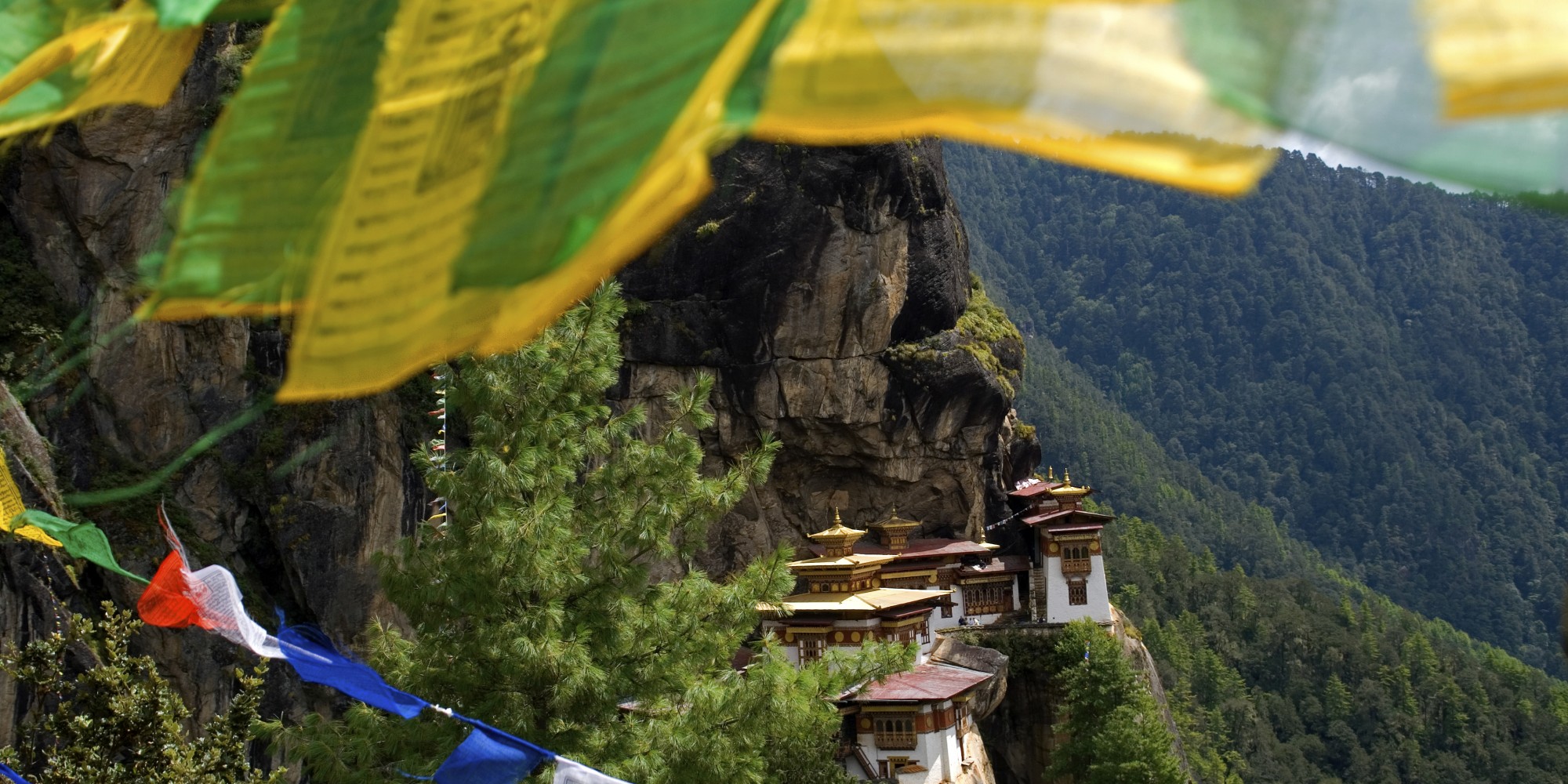
The history of Bhutan begins about 747 AD, during a time when a revered Buddhist Saint from Tibet, travelled to Bhutan to introduce Buddhism to the nation. Guru Padma Sambhava, regarded as the second Buddha, is believed to have descended on the back of a flying tigress from the northern part of Bhutan to Paro Taktsang (Tiger’s Nest), to calm the evil forces who hindered the spread of Buddhism.
The country also referred to as “The Last Place on the Roof of the World”, for its sheer remoteness, is perhaps even better known nowadays for its Gross National Happiness (GNH), a yardstick which values the nation’s happiness above the nation’s gross domestic income. This value alone sets it apart from most other nations’ prerogatives.
Picturesque landscapes are characterized by unforgiving terrain and cavernous mountain valleys, from subtropical plains in the south, through a more temperate zone, to the sub-Alpine Himalayas above 7,000 meters, while Three-fourths of the country remains covered in native forest. The warmth of the Bhutanese people, coupled with remarkable scenery, natural wonders and a proud and vibrant culture, makes Bhutan a uniquely mystical place.
